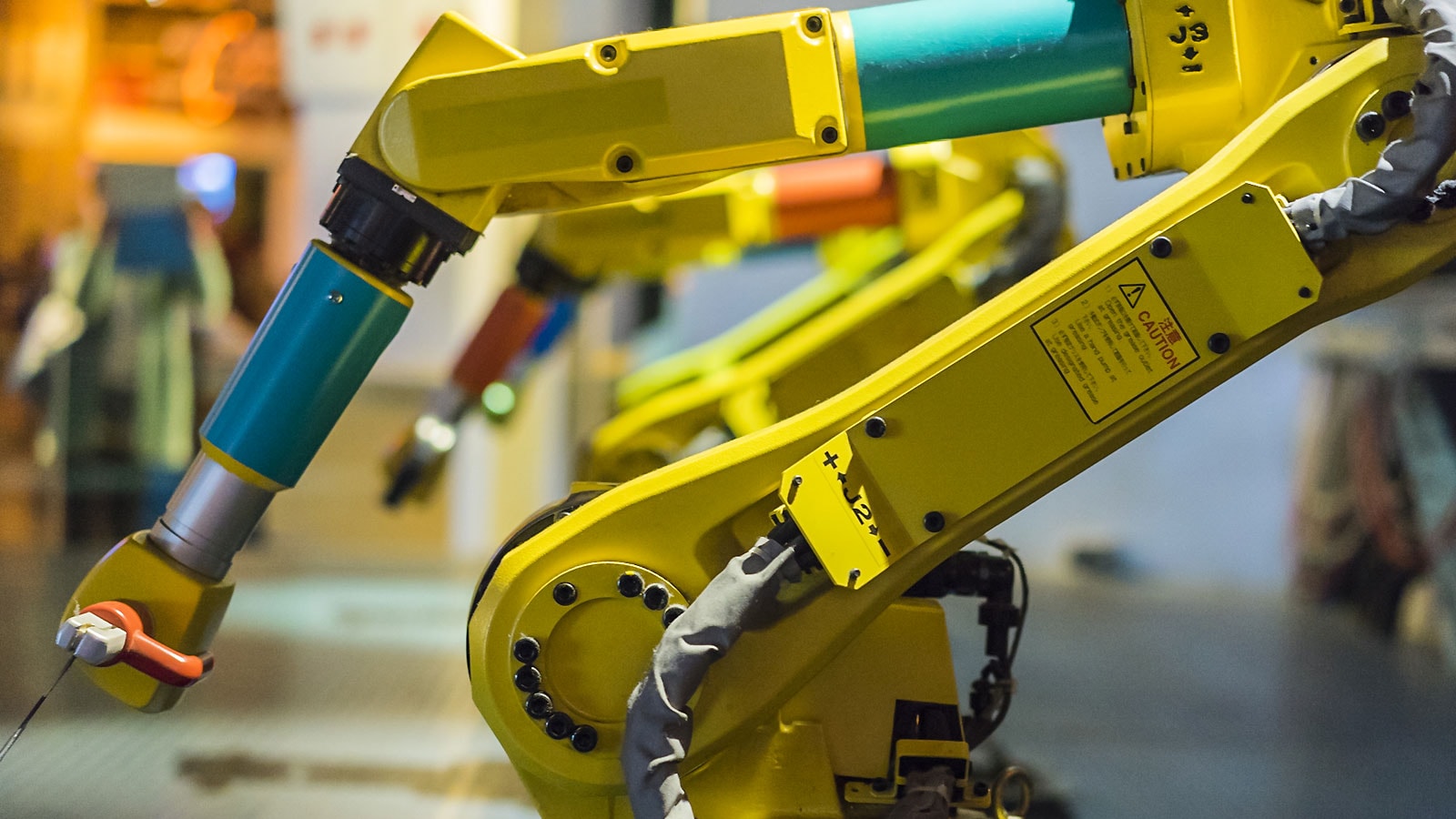{{item.title}}
{{item.text}}

{{item.text}}
Learn more about your industry:
Have you thought about how the following could affect your R&D claim?
Do you have contemporaneous records to substantiate your R&D activities and expenditure?
Have you thought about how the following could affect your R&D claim?
Do you have contemporaneous records to substantiate all aspects of your R&D claim, including the expenditure and the R&D entity?
Have you thought about how the following affects your claim?
Do you have contemporaneous records to substantiate your R&D activities and expenditure?
Have you thought about how the following affects your R&D claim?
Do you have contemporaneous records to substantiate your R&D activities and expenditure?
Have you thought about how the following affects your R&D claim?
Do you have contemporaneous records to substantiate your R&D activities and expenditure?
Have you thought about how the following affects your claim?
Do you have contemporaneous records to substantiate your R&D claim and expenditure?
{{item.text}}

{{item.text}}




